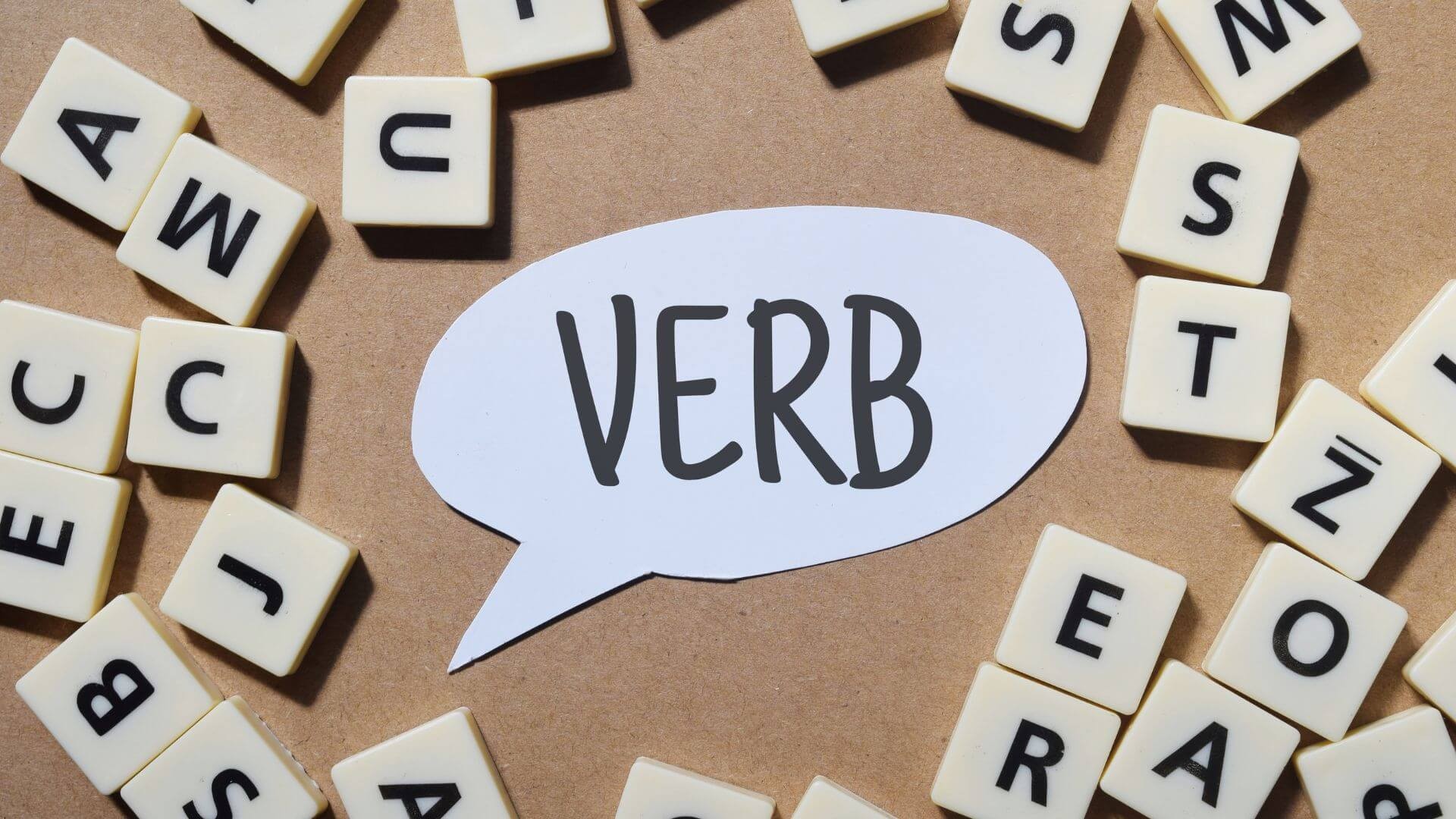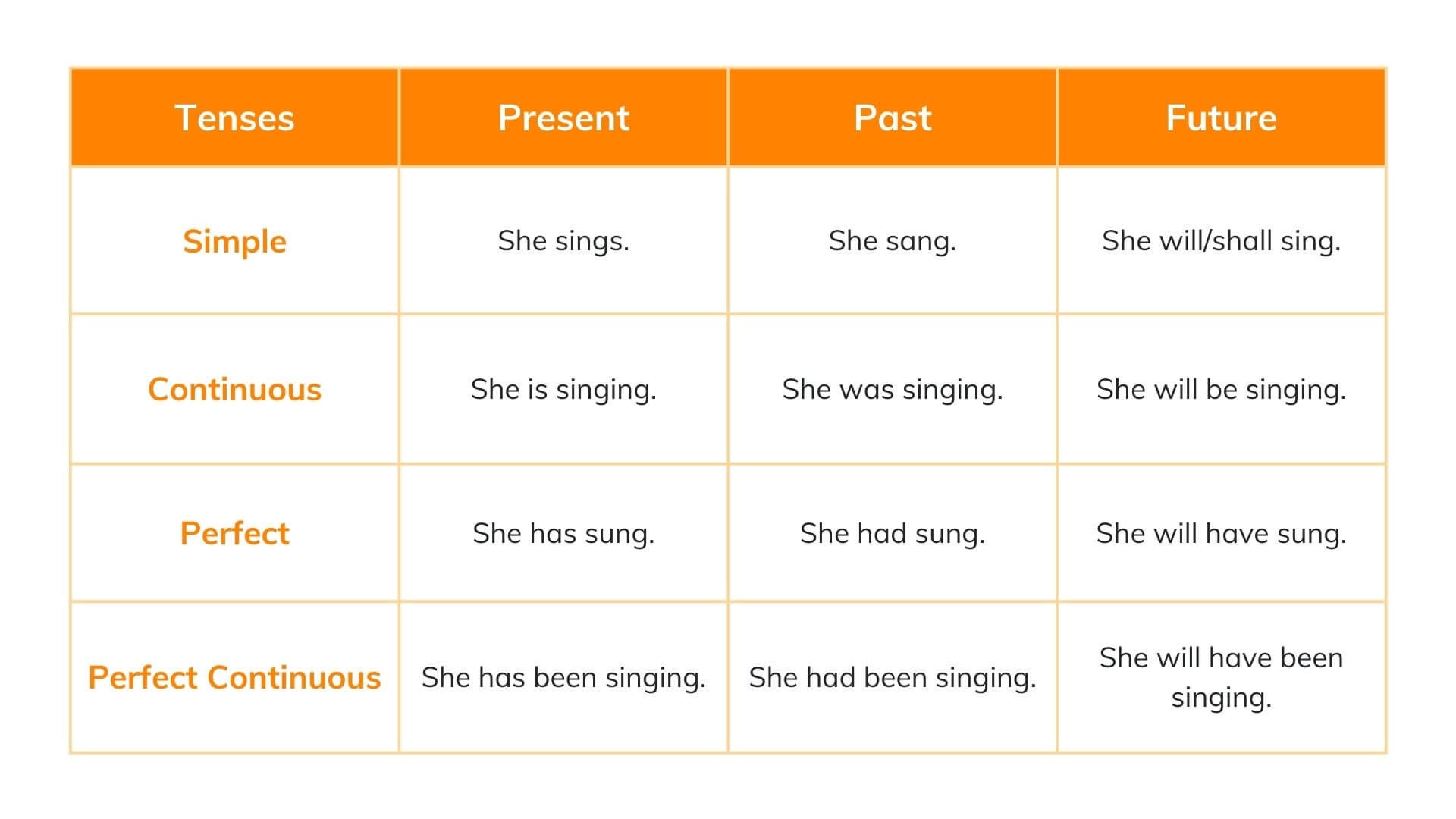
How To Stay Motivated While Learning English?
Learning a new language is hard, and reaching a high level takes a lot of time and effort. Check out our top useful tips to stay motivated throughout your English learning journey.

Like our Post? Share Now!
Today, we’re diving into the exciting world of English verbs. They’re the action heroes of sentences, adding movement to our language and defining the scene. Whether you’re just starting your English courses at any language institute in Dubai or looking to improve your skills, this comprehensive guide will help you understand the concept of verbs.
Verbs are the action words in sentences. They tell us what someone or something does or what state they are in. For instance, “run,” “eat,” “think,” or “sleep” are all verbs. They describe actions we do or how we feel.
These are the go-getters describing physical or mental actions and activities, giving life and movement to our sentences. Imagine actions like “run,” “dance,” “laugh,” and “sing” – these are dynamic verbs! They show us what someone or something is doing. These verbs convey actions that can be seen or imagined.
For example:
– She runs every morning.
– They laughed at the joke.
– He thinks deeply about the problem.
Action verbs will be in transitive and intransitive forms.
– Transitive Verbs: These verbs transfer their action to an object. They need something or someone to receive the action.
For example, “She eats fruit.” (The verb “eats” needs an object, which is “fruit.”)
– Intransitive Verbs: These verbs don’t need an object to complete their meaning. They express complete thoughts on their own.
For instance, “He runs.” (The verb “runs” doesn’t need anything else to make sense.)
Stative verbs describe states, feelings, or conditions rather than actions. These words express things that aren’t actions but instead represent thoughts, emotions, or states of being. Words like “love,” “believe,” “own,” and “prefer,” among others, are stative verbs. These verbs express states that are more permanent or ongoing, capturing feelings, thoughts, or possessions. Unlike dynamic verbs that describe actions, stative verbs paint a picture of how things are or how someone feels.
For example:
She loves ice cream.
He owns a beautiful car.
I imagine a bright future.
Regular verbs follow a simple rule when forming their past tense. They add “-ed” to the base form to show something happened in the past.
For example, “talk” becomes “talked,” and “play” turns into “played.”
Whereas, irregular verbs have their own unique way of changing to the past tense.
For example: “go” becomes “went” instead of adding “-ed.” Similarly, “eat” transforms into “ate,” not “eated.”
Linking verbs, often referred to as copulas, are the quiet yet essential glue in our sentences. They connect the subject of a sentence to additional information, such as adjectives, nouns, or other descriptors. These verbs include common words like “is,” “am,” “are,” “was,” “were,” “seem,” and “become.” They don’t describe action but instead establish a relationship between the subject and what comes after them.
For example:
– She is happy.
– They are talented musicians.
– He seems tired.
– The cake smells delicious.
Auxiliary verbs team up with main verbs to express verb tenses and grammatical mood. It can be further categorised as the following:
Primary auxiliary verbs – Words like “be,” “have,” and “do” are primary auxiliaries. These little helpers come with the main verbs to express different tenses or aspects of action.
For example:
– She is singing.
– They have finished.
– He does understand.
Modal Auxiliary Verbs – Modal verbs are special helping verbs that express attitudes like possibility, necessity, ability, and permission. These include words like “can,” “could,” “may,” “might,” “must,” “shall,” “should,” “will,” and “would,” which can never change their forms.
For example:
– She can play the piano.
– They must study for the exam.
– You should call your mom.
Verbs change their form to show when an action happens. There are three main times we talk about: Past, Present, and Future.
– Present Tense: Happening now. Example: “She sings.”
– Past Tense: Already happened. Example: “She sang.”
– Future Tense: Yet to happen. Example: “She will sing.”
Verb tenses are like the timekeepers in our sentences. They help us talk about when something happens or the state of things at different times. When talking about the past, present, or future, these tenses make our sentences clear and accurate. So, when we tell stories, share ideas, or describe events, verb tenses are our grammar buddies, helping us get the timing just right in our sentences.
Here’s a tense table with the verb “sing,” showcasing simple, continuous, past perfect, and perfect continuous forms in the present, past, and future:

To learn more, check out our detailed blog on tenses here.
1. Subject-Verb Agreement: This means that the verb in a sentence must match the subject. For example, “He plays,” or “They play.”
2. Consistent Tense: Try to keep the same time frame (past, present, future) throughout a sentence unless you have a good reason to change it. For example, “Yesterday, I played with my dog, and then we ate dinner together.”
3. Active vs. Passive Voice: In the active voice, the subject performs the action. For example, “She wrote the book.” In the passive voice, the subject is acted upon. Like, “The book was written by her.”
English verbs might seem tricky at first, but with practice and patience, you’ll become skilled at using them. Verbs come in all shapes and sizes, each playing a unique role in making our language vibrant and expressive. Next time you speak or write, pay attention to these dynamic words—they’re the secret sauce that brings your sentences to life!
Like what you read? We love to keep you updated about everything at ES. Check out our different courses, exciting facts about Dubai, news, updates, amazing success stories from us and much more.

Learning a new language is hard, and reaching a high level takes a lot of time and effort. Check out our top useful tips to stay motivated throughout your English learning journey.

Beyond sun, sand, and sea, Dubai’s beaches offer a perfect blend of relaxation, adventure, shopping, dining, and spectacular views. Here are the top beaches to add to your next outing list!
We don't say that,
At ES Dubai, we make studying English a fun and fascinating experience for every student. A family-like atmosphere in a culturally diverse community at our school is our asset. Our school will become your second home while you learn, discover, and enjoy Dubai.

We offer full time and part time English courses to international students.
15th, 34th, 36th Floors BB1 Mazaya Business Avenue, JLT, Dubai, UAE
5th floor, UOWD Building, Dubai Knowledge Park, Dubai, UAE
15th, 34th, 36th Floors BB1 Mazaya Business Avenue, JLT, Dubai, UAE
5th floor, UOWD Building, Dubai Knowledge Park, Dubai, UAE
marketing@esdubai.com
+971 4 398 2815
+971 52 701 4480